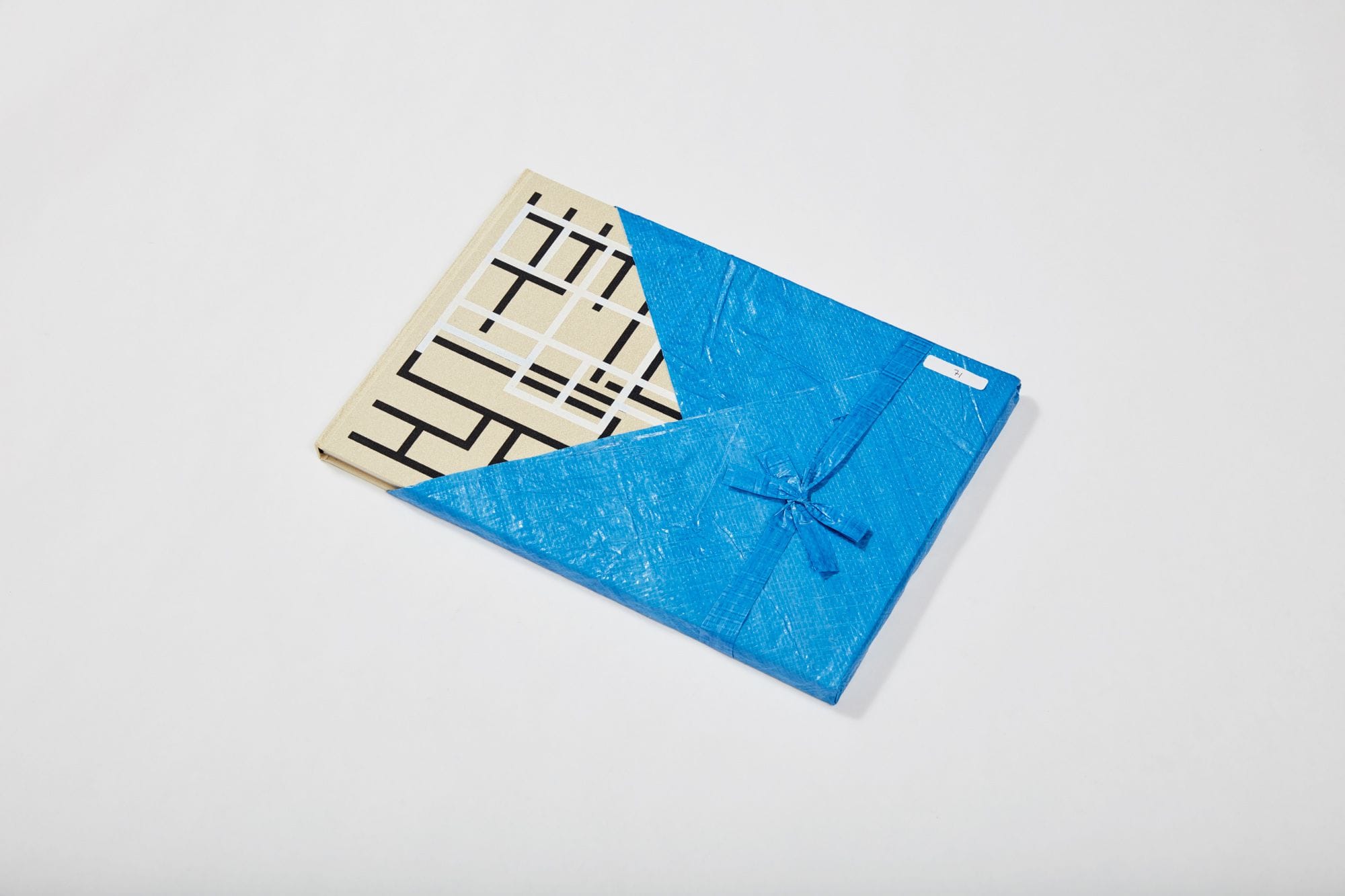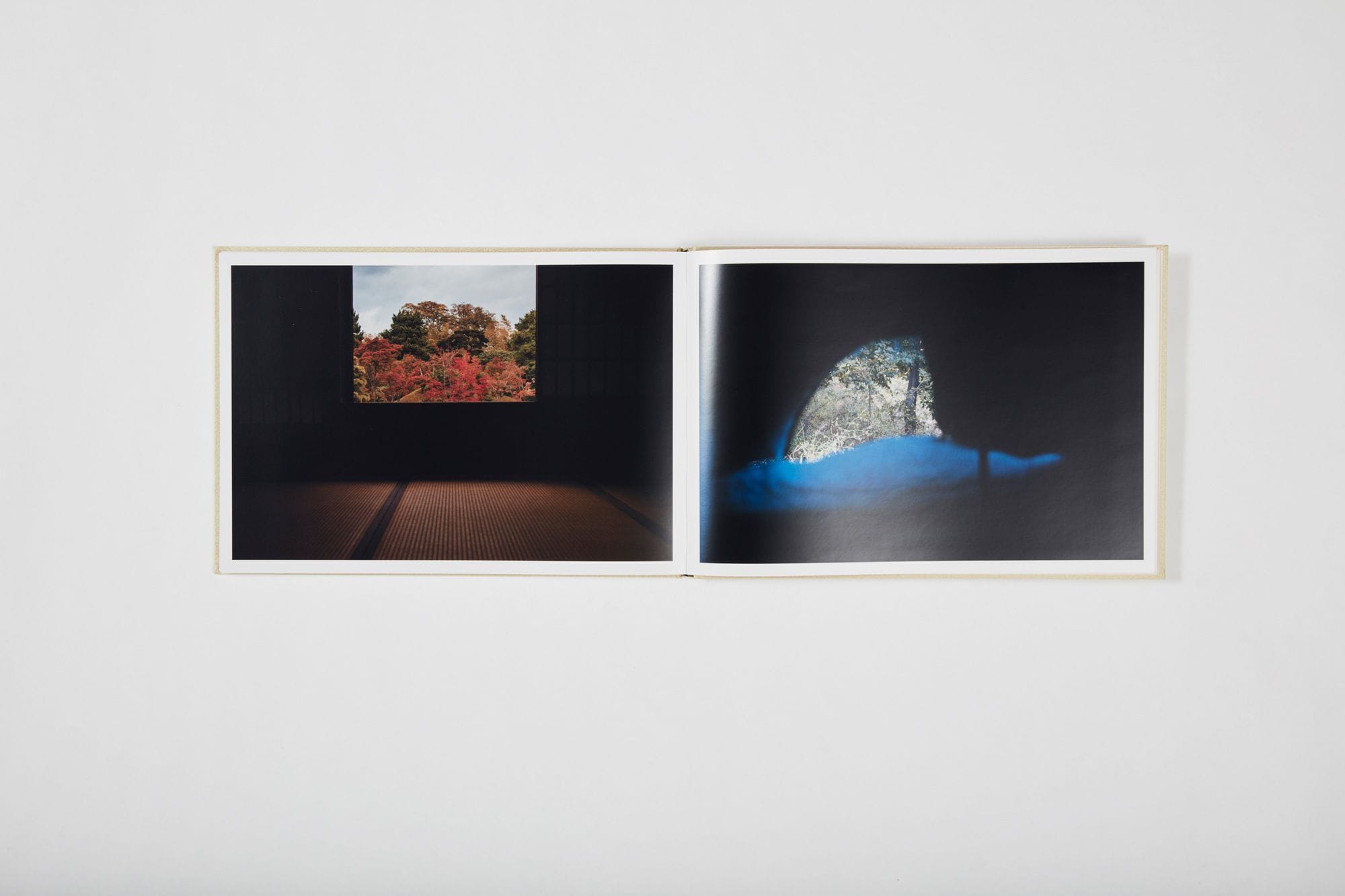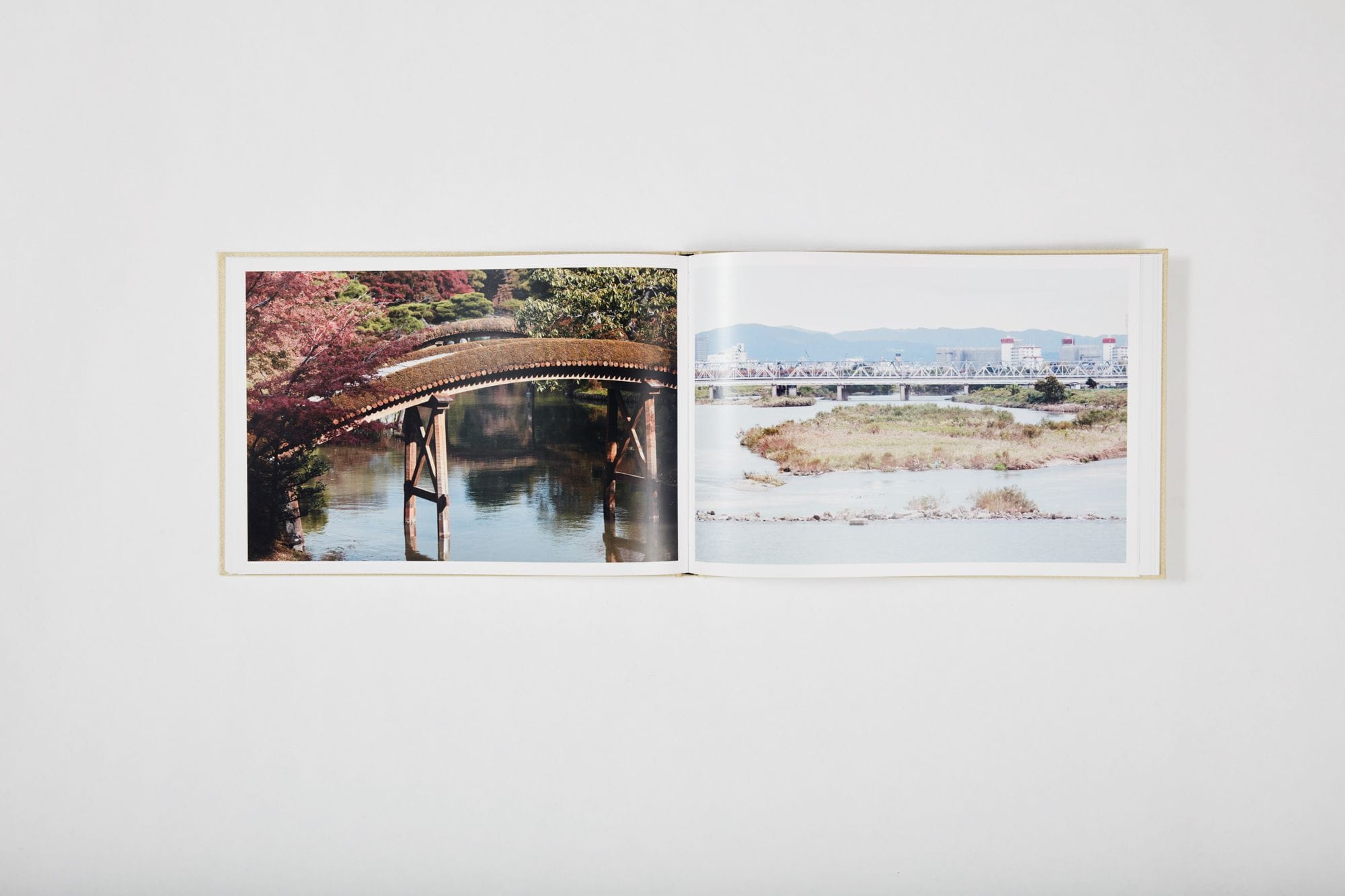In considering the relationship between Japanese architecture and Buddhism, Gropius writes of zazen translated as seated meditation and the suspension of all judgment and koan a story or paradox designed to short-cut reason and the intellect, leading to direct realisation of a reality beyond thought. These ideas have informed the work presented here.
Statement by Brett Boardman:
Photography has long been compelled by the fleeting nature of things. The images within this volume are the output of a spontaneous response to direct experience. The initial intent was to document the architectural, spatial and material qualities of Katsura Riky, however on leaving the palace I discovered a nearby second site, a makeshift shelter that seemed to more directly express Prince Hachij Toshihito's desire for the original Katsura to be 'a teahouse in the melon patch'.
The images were created within two hours of each other. The palace images following in the tradition of Ishimoto Yasuhiro's classic architectural images, while the makeshift shelter images are more aligned to Ryuji Miyamoto's study of homelessness in his Cardboard Houses.
The images may be viewed as architectural photography, documentary photography or social commentary and will hopefully continue the dialogue that began almost 100 years ago between Katsura Riky as a place, Japan as a culture and the West."
Boardman's intimate photographic record of this apparently incidental adjacency transcends the stark social and temporal disparity of these structures, illuminating the ways that they echo each other in response to the human desire for tranquility, order and dignity.
The volume includes an introduction entitled 'Sunlight and Shade in Katsura' by essayist and novelist Pico Iyer.







